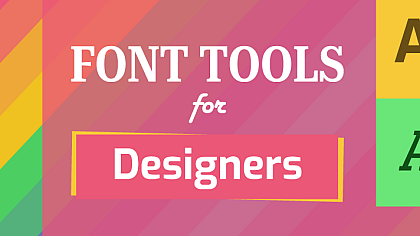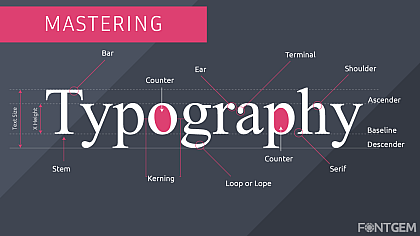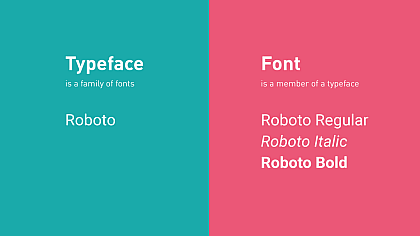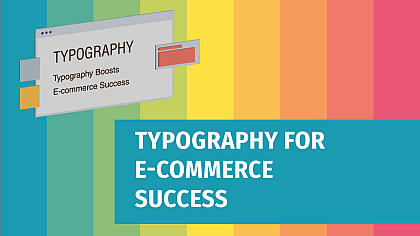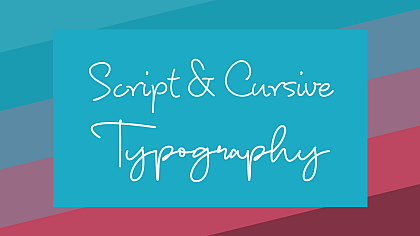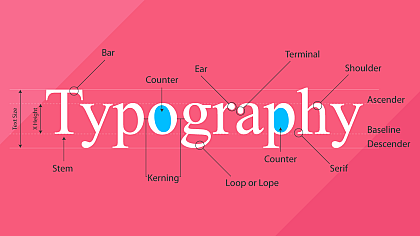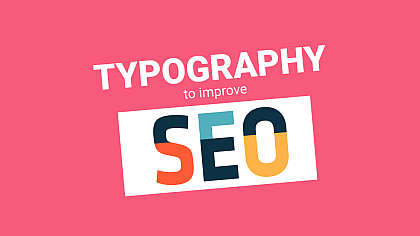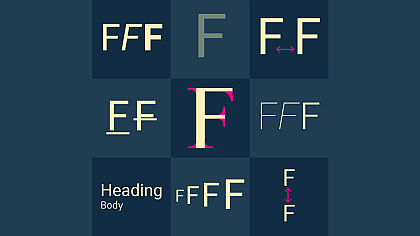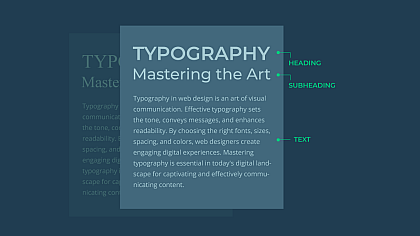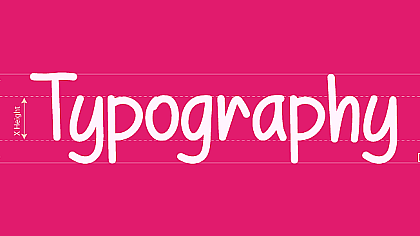
Handwritten Fonts in Typography: Adding a Personal Touch
Introduction to Handwritten Fonts
Handwritten fonts, often referred to as script fonts, are a unique subset of Typography that replicate the look of handwritten text. They are widely used in graphic design, branding, and various creative projects due to their ability to convey a sense of individuality and authenticity.
What makes handwritten fonts appealing is their diversity. Ranging from elegant cursive to bold strokes, each font carries the distinct style and imperfections of its creator, offering designers a wide range of choices to match the tone and context of their projects.
These fonts are versatile, evoking nostalgia, intimacy, or creativity as needed. They are commonly used in wedding invitations, greeting cards, and personal correspondence to add warmth and personality. In marketing, they can bring playfulness to materials or sophistication to branding.
When selecting a handwritten font, designers consider factors like legibility and context. Some fonts are decorative, while others remain readable for longer text blocks.
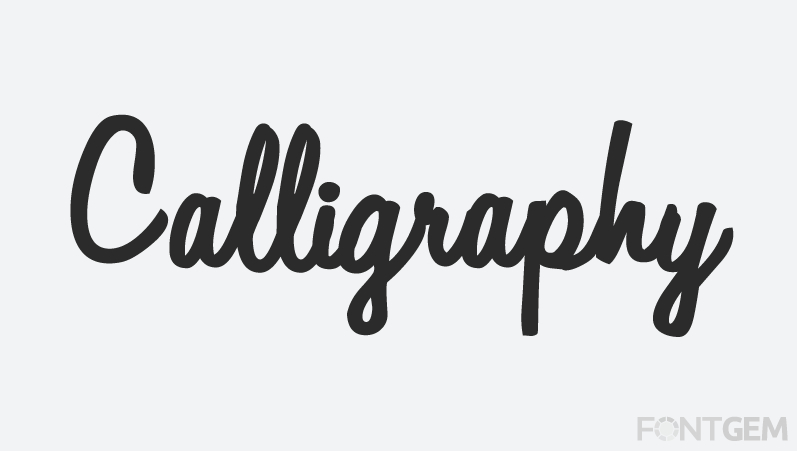
Handwritten fonts have gained popularity in digital media, especially for web design and social media graphics. They help create eye-catching headlines, social media posts, and blog graphics, making online content more engaging.
The Artistic Allure of Handwritten Fonts
Handwritten fonts, also known as script fonts, possess a distinct artistic allure that sets them apart from conventional typefaces. This appeal hinges on their ability to infuse design projects with a sense of individuality, authenticity, and human craftsmanship.
Foremost, handwritten fonts offer a unique touch of individuality. Unlike uniform typefaces, each handwritten font carries the unmistakable style and personal nuances of its creator. This diversity empowers designers to select fonts that precisely align with the project's visual identity and emotional resonance.
Handwritten fonts excel at evoking emotions and establishing moods. Their flowing lines and subtle imperfections create an inviting and warm quality, making them ideal for projects demanding a personal connection. For instance, handwritten fonts often grace wedding invitations, love letters, and personal diaries, infusing these materials with an intimate and heartfelt atmosphere.
Additionally, these fonts possess the ability to transport viewers to the past, evoking a sense of nostalgia. Many handwritten fonts draw inspiration from historical scripts, conjuring the charm of bygone eras and enriching the storytelling aspect of design.
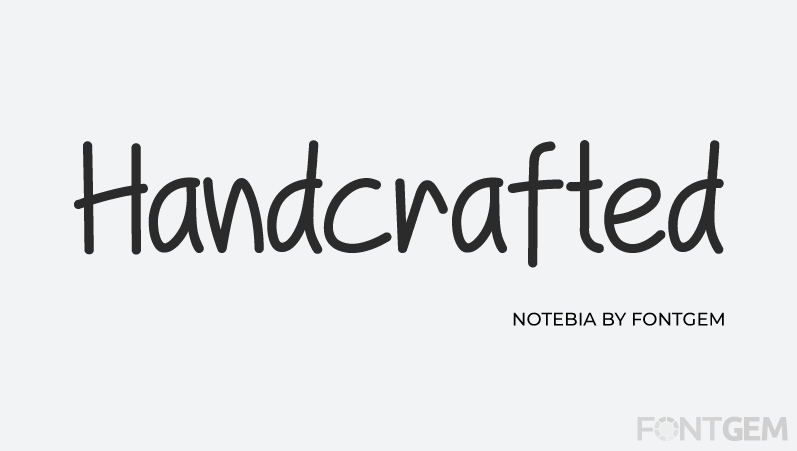
In contemporary design, handwritten fonts play a vital role in breaking the digital monotony, providing a human touch amidst uniformity. Amidst sleek and standardized visuals, handwritten fonts stand out, infusing projects with surprise, delight, and creative flair.
Choosing the Right-Handwritten Font
Selecting the perfect handwritten font is pivotal for your project's visual appeal and message conveyance. To make an informed choice, consider these key factors:
1. Purpose and Audience: Understand your project's intent and target audience. Align the font style with your project's goals and audience expectations.
2. Legibility: Prioritize legibility. Ensure your font remains readable at different sizes and in various contexts to maintain clear communication.
3. Consistency: Handwritten fonts should maintain uniformity in letter size, style, and spacing for coherence.
4. Style and Personality: Choose a font style that matches your project's mood and tone. Different fonts convey different personalities.
5. Context: Select a font suitable for the specific application, whether for headings, titles, or body text.
6. Compatibility: Verify that your chosen font is compatible with your software and platforms to prevent rendering issues.
7. Font Pairing: If using multiple fonts, ensure they complement each other for a harmonious design.
8. Licensing: Review font licensing terms to ensure compliance, particularly for commercial or professional use.
9. Testing: Test the font extensively within your project to evaluate its performance in different scenarios.
10. Feedback: Seek input from peers or colleagues to gain fresh perspectives.
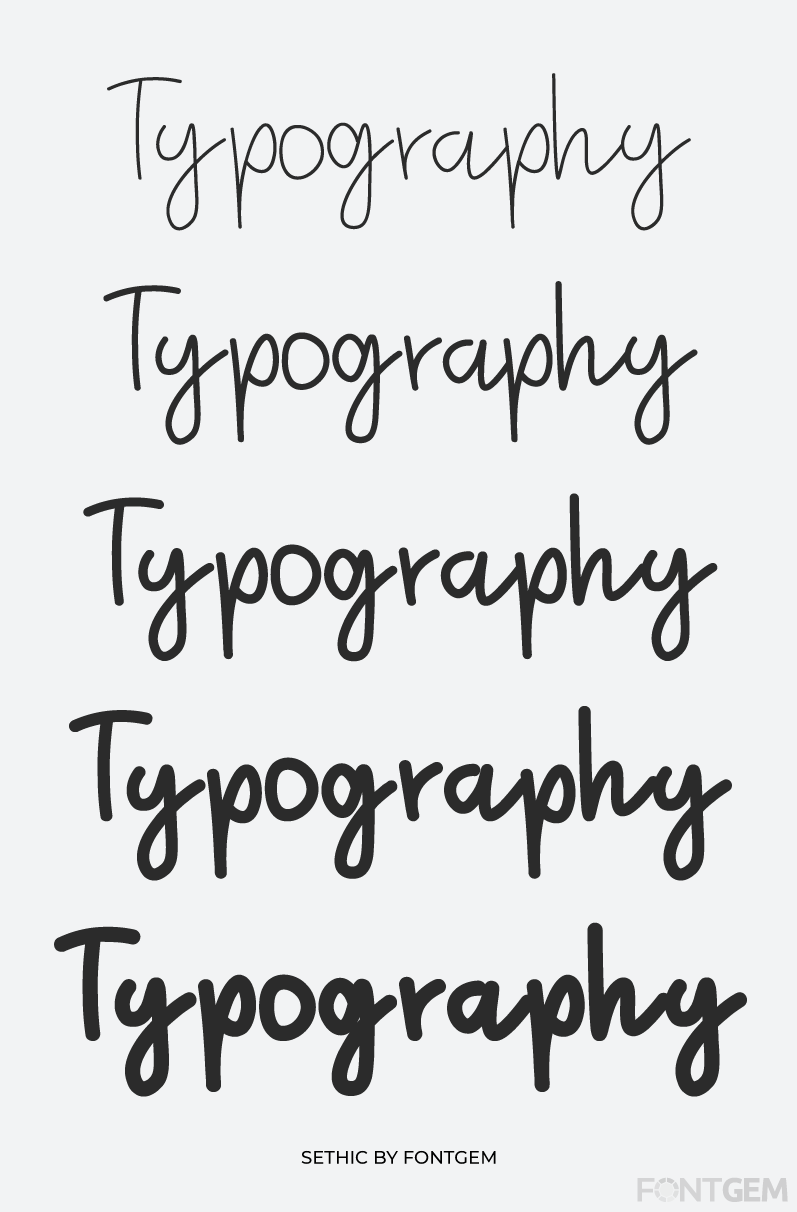
Choosing the right handwritten font involves thoughtful consideration of your project's purpose, audience, and context. By keeping these factors in mind, you can select a font that enhances your project's messaging and design, effectively resonating with your audience.
Applications of Handwritten Fonts
Handwritten fonts, inspired by human handwriting, find versatile applications in various creative and professional contexts:
1. Graphic Design: Used for attention-grabbing designs in posters, flyers, and ads, adding personality and distinctiveness.
2. Branding and Logo Design: Enhance brand authenticity, approachability, and emotional connection.
3. Invitations and Stationery: Perfect for wedding invites, greeting cards, and personalized stationery, conveying warmth.
4. Typography Art: Creates visually appealing word-based art that conveys emotions and messages.
5. Web Design: Adds a personal touch to websites and blogs, especially for personal and creative content.
6. Packaging Design: Imparts a sense of craftsmanship and uniqueness to products, particularly artisanal items.
7. Personal Projects: Elevates scrapbooking, journaling, and DIY gifts and souvenirs with a personal, heartfelt touch.
8. Children's Books: Appeals to young readers through whimsical, childlike handwriting.
9. Artistic Expressions: Utilized calligraphy, graffiti, and digital art to infuse personal style.
10. Social Media Graphics: Enhances social media posts and memes with humour, sincerity, or a personal feel.
11. Signage: Attracts attention and creates a welcoming atmosphere in business and event signage.
12. Restaurant Menus: Provides a cosy, personalized feel to dining experiences.
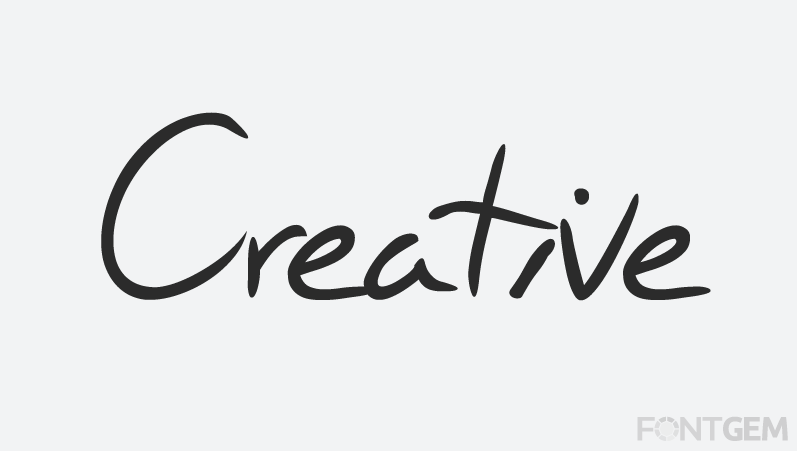
In various creative and professional fields, handwritten fonts offer authenticity, personality, and unique touch, influencing design, messaging, and emotional resonance.
Tips for Using Handwritten Fonts Effectively
Utilizing handwritten fonts can infuse your design projects with creativity and a personal touch. To make the most of them, consider these concise tips:
1. Prioritize Legibility: Ensure chosen fonts remain readable, even at smaller sizes, to maintain message clarity.
2. Match the Mood: Select fonts that align with your project's tone and purpose, be it elegant, casual, or playful.
3. Limit Use: Reserve handwritten fonts for accents, headlines, or titles, complementing them with traditional fonts for body text.
4. Be Consistent: Maintain style, size, and spacing consistency within your project to ensure visual coherence.
5. Thorough Testing: Test fonts in various contexts and sizes to confirm their effectiveness on different devices and backgrounds.
6. Thoughtful Pairing: Complement handwritten fonts with sans-serif or serif fonts for a balanced design.
7. Consider Line Length: Adjust line length and font size to accommodate the characteristics of your chosen font.
8. Leading and Tracking: Pay attention to leading (line spacing) and tracking (letter spacing) for legibility.
9. Mind Color: Ensure high contrast between text and background for readability, especially in your chosen colour scheme.
10. Respect Licensing: Adhere to font licensing, especially for commercial projects, to avoid legal issues.
11. Seek Feedback: Get input from peers to identify design flaws and ensure the font enhances your project.
12. Accessibility: Make your design accessible by providing alternative text and considering those with visual impairments.
13. Think Responsively: Ensure legibility on various devices and screen sizes in responsive layouts.
14. Embrace White Space: Allow ample white space around text using handwritten fonts to enhance readability.
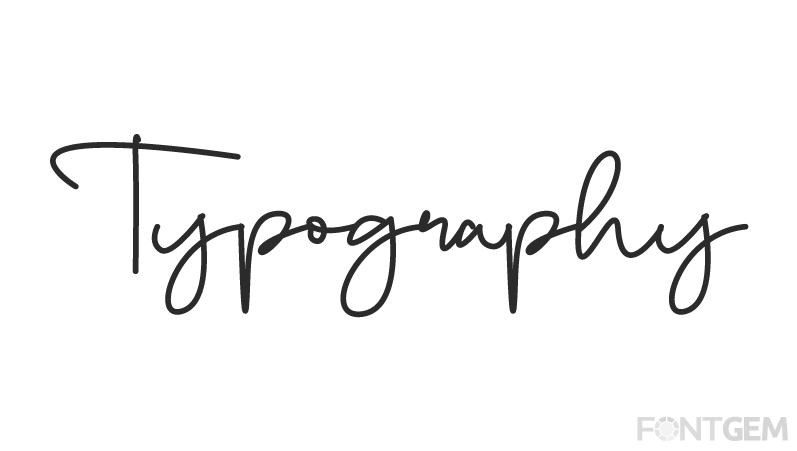
Incorporate these tips to effectively integrate handwritten fonts into your designs, adding creativity while maintaining clarity and visual appeal.
Handwritten Fonts in Branding and Marketing
Handwritten fonts have emerged as powerful assets in branding and marketing due to their unique capacity to convey authenticity, distinctiveness, and emotional resonance.
1. Authenticity and Approachability: Handwritten fonts bring a human touch to branding and marketing materials, fostering an immediate sense of authenticity and approachability. This infusion of human character invites customers to engage with the brand on a personal level, nurturing trust and emotional connections.
2. Differentiation: In a competitive marketplace, brands continually seek ways to stand out. Handwritten fonts offer a compelling solution by providing a distinctive visual identity. A well-chosen handwritten font can become a memorable cornerstone of a brand's identity, helping it carve a unique niche and garner recognition amidst competitors.
3. Storytelling: Handwritten fonts are effective storytellers. Their unique style allows them to convey a brand's history, craftsmanship, or the personal journey behind a product or service. This storytelling capability resonates deeply with consumers, forging emotional bonds and cultivating brand loyalty.
4. Emotional Appeal: Handwritten fonts inherently exude emotional appeal. They can evoke feelings of nostalgia, comfort, or joy, enabling brands to connect with their audience on a deeper emotional level and enhancing brand loyalty.
5. Personalization: Handwritten fonts add a personal touch to marketing efforts. Integrating handwritten notes, labels, or messages into marketing materials leaves customers feeling valued and special, significantly enhancing their overall experience with the brand.
6. Versatility: Handwritten fonts display impressive versatility and can be seamlessly integrated into various marketing collateral, including social media graphics, email newsletters, packaging, signage, and advertisements. This adaptability ensures that brands can maintain a consistent image and message across diverse channels and touchpoints.
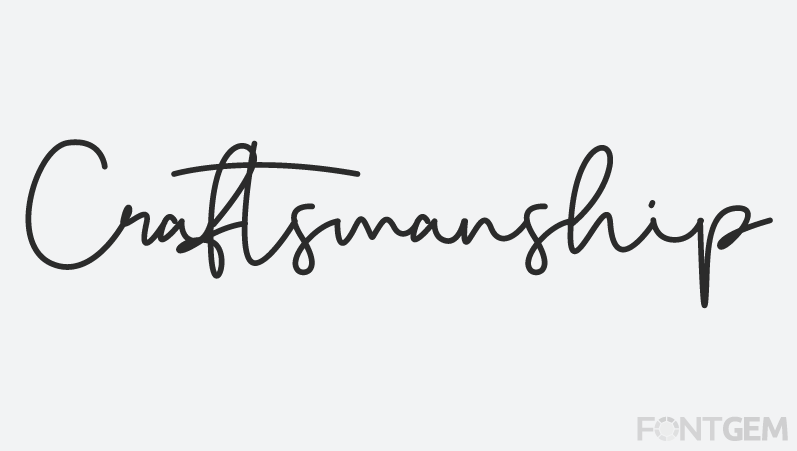
Handwritten fonts play pivotal roles in branding and marketing strategies. They facilitate genuine connections between brands and consumers, set brands apart in competitive landscapes, and narrate compelling stories. When thoughtfully incorporated, handwritten fonts significantly contribute to a brand's identity and foster lasting emotional connections with customers.
Popular Handwritten Fonts to Explore
Handwritten fonts offer a diverse range of styles that can add character and personality to your design projects. Here are some popular handwritten fonts worth exploring:
1. Comic Sans MS: Despite being divisive, Comic Sans remains a recognizable and fun handwritten font, often used in informal or playful contexts.
2. Lobster: Lobster is a script font known for its bold and stylish appearance, making it a popular choice for headers and logos.
3. Brush Script: This classic font mimics brush strokes and is frequently used for a casual, artistic, or vintage feel.
4. Pacifico: Pacifico exudes a relaxed and friendly vibe. It's a great choice for projects aiming to convey a laid-back and approachable atmosphere.
5. Dancing Script: Dancing Script combines elegance with informality, making it ideal for projects where a touch of sophistication is needed without being too formal.
6. Mansalva: Mansalva is a decorative handwritten font with a playful and whimsical appearance, perfect for creative and imaginative projects.
7. Amatic SC: This font has a handwritten, handcrafted look that is versatile and legible, making it suitable for various design applications.
8. Great Vibes: Great Vibes is an elegant script font that adds a touch of sophistication to invitations, cards, and other projects requiring a formal yet handwritten style.
9. Handwriting-Dakota: This casual and friendly font resembles everyday handwriting, making it suitable for personal projects and informal communications.
10. Shadows into Light: Shadows into Light has a light and airy feel, making it a great choice for projects that aim to convey a sense of openness and creativity.
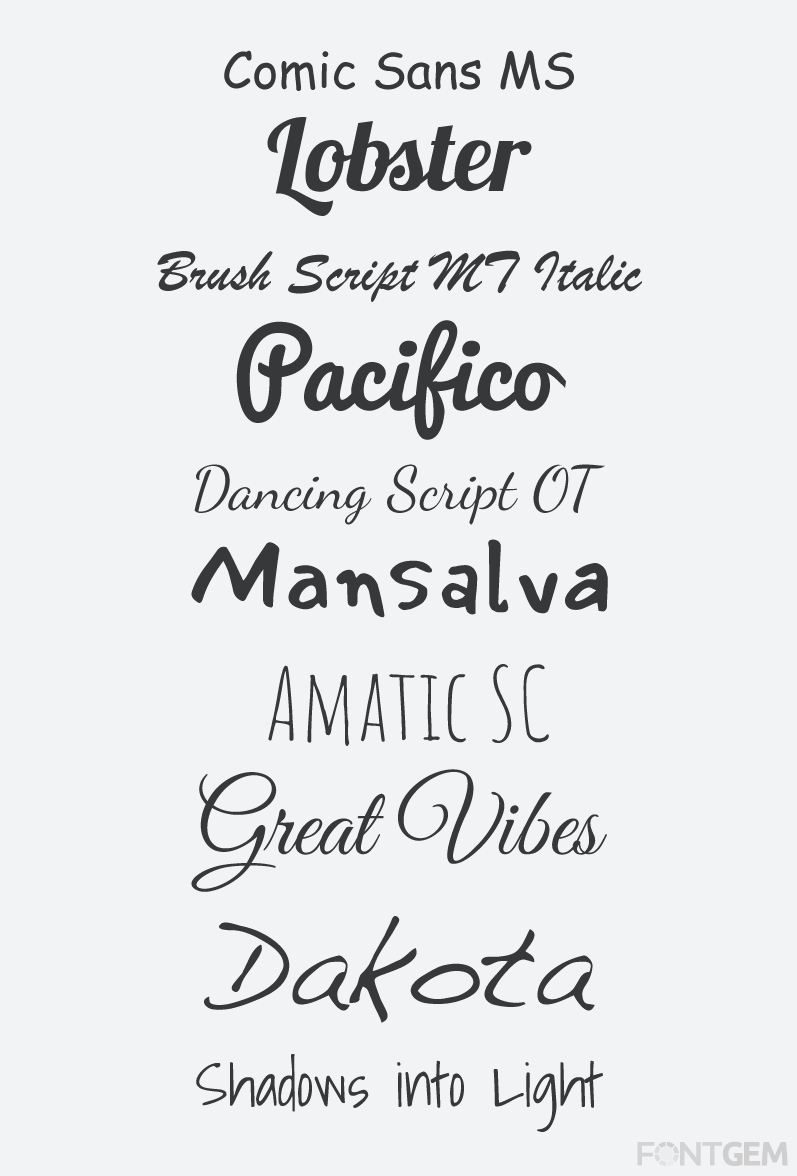
These popular handwritten fonts provide a wide spectrum of styles, enabling you to choose the one that best suits your project's mood and message. Whether you're aiming for a playful, elegant, or casual look, exploring these fonts can add a unique and personal touch to your design endeavours.
Accessibility Considerations for Handwritten Fonts
While handwritten fonts can add a personal and creative flair to design projects, it's essential to consider accessibility for all users, including those with disabilities. Here are some key considerations:
1. Legibility: Prioritize legibility when using handwritten fonts. Some handwritten styles can be challenging for people with visual impairments to read. Ensure that the font maintains clarity, even at smaller sizes, and doesn't compromise the message's comprehensibility.
2. Contrast: Pay attention to the contrast between the text and the background. Low-contrast combinations can be difficult for users with low vision or colour blindness. Dark text on a light background or vice versa is a safe choice for readability.
3. Font Size: Handwritten fonts may require larger sizes for improved readability, especially for users with vision impairments. Test your font at various sizes to ensure it remains legible.
4. Line Spacing and Letter Spacing: Adequate line spacing (leading) and letter spacing (tracking) are crucial for readability. Avoid overcrowded or tightly spaced text, which can be challenging for users with dyslexia or other reading disabilities.
5. Alternative Text: When using handwritten fonts in digital media, provide alternative text for images or graphics containing text. This ensures that screen readers can convey the information to visually impaired users.
6. Font Choice: Some handwritten fonts may be more accessible than others. Choose fonts that have been designed with accessibility in mind or have open, rounded letterforms that are easier to read.
7. Test with Assistive Technologies: Test your design, including handwritten fonts, with various assistive technologies such as screen readers to ensure compatibility and readability.
8. User Feedback: Gather feedback from a diverse group of users, including those with disabilities, to identify any accessibility issues and make necessary improvements.
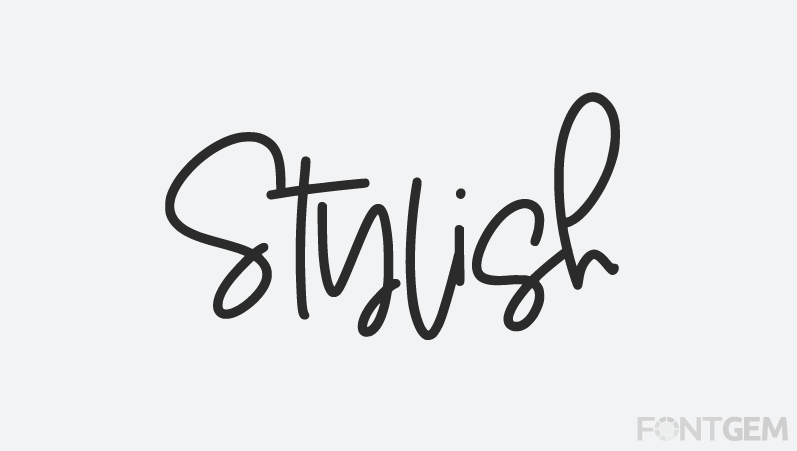
Balancing creativity and accessibility is crucial when using handwritten fonts in design. By taking these considerations into account, you can ensure that your design projects are inclusive and accessible to a wider audience, enhancing the overall user experience for everyone.

